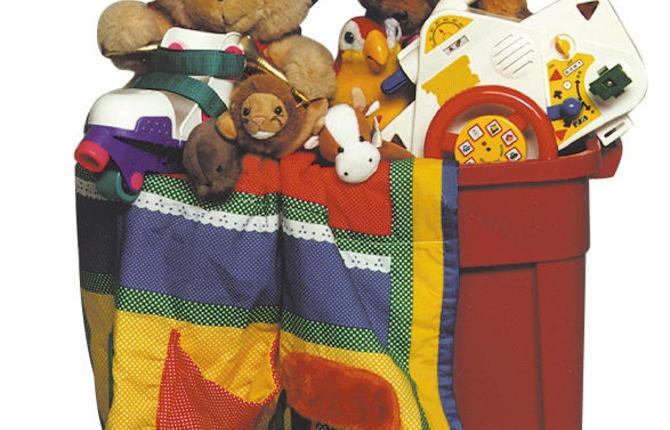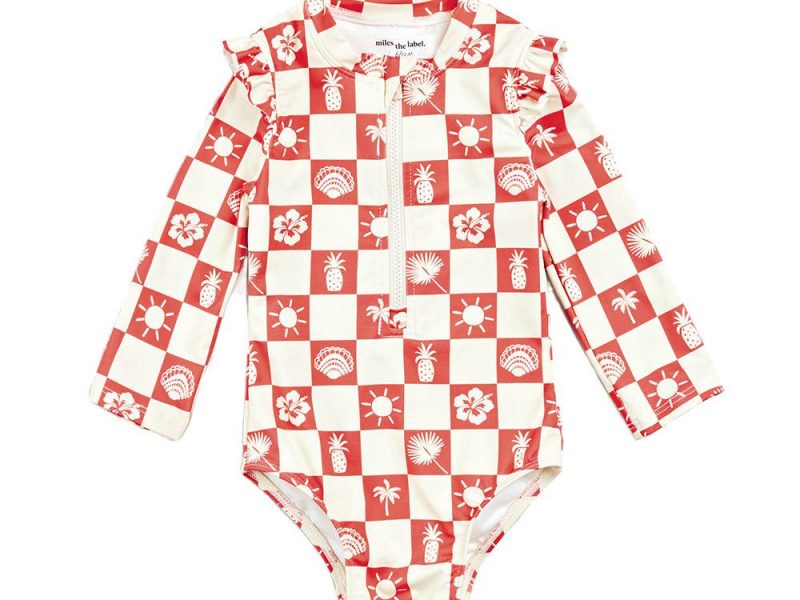
Seven steps to conquer clutter
(MS) — If you're stepping over piles of junk on the floor, or being pummeled by haphazardly stacked belongings when you open closet doors, you just may be suffering from a clutter problem. Don't worry, you're certainly not alone.
According to organizational expert Peter Walsh, millions of Americans are drowning in clutter. Blame it on our super-sized mentality that "more is more." We're buying bigger homes and stuffing them to the gills with even more stuff. We're measuring status by how much we own, and getting overwhelmed with clutter in the process.
The trouble with clutter is that it sneaks up on a person. It slowly grows, and when it's gotten out of control the task of sorting through it seems so overwhelming. But conquering the clutter is the key to taking back control of your life. Here are some steps for doing just that.
1. Material things don't make the man or woman: First, transform your way of thinking about stuff. Packing your home full of things will not make you better off than anyone else. In fact, it could do just the opposite if it affects your physical or mental health. When shopping, think about why you're buying something. Is it for need or is it just because you're bored or shopping for pleasure?
2. Observe the "in and out" rule: When you buy, for example, new clothes, toss out an item you already have for each new piece of clothing you purchase. If the old clothes are in good condition, donate them to a local charity.
3. Remove items from the scene to sort: You're more likely to do a half-effort job of sorting unless you take out all of the items from a cluttered room and sort them elsewhere. Spread out a tarp or tablecloth in the yard and sort through bedroom or kitchen clutter. Determine a set limit on what can be kept (one or two plastic bins full) and separate stuff based on what should be kept, sold, donated, or trashed. Be reasonable: if you haven't used something in six months to a year, chances are you can do without it. Remember, marketplace sites like eBay and Amazon are good places to sell things you don't use anymore. Or place an ad in the paper and host a yard sale.
4. Tackle one room at a time: Viewing the organizational project in its entirety could overwhelm even the most steadfast organizational guru. Break up the project into manageable chunks. Do a room a weekend.
5. Keep a bin for miscellanea: There are bound to be items that belong in one room that have gravitated to another room. When organizing, toss those stray items into a bin that will be brought to the right room at a later time. Avoid stopping and starting your project by going room to room, and you'll be more likely to stick with the task.
6. Kids and clutter: Many families can attest that kids' belongings contribute to a good portion of the household clutter. That's because well-meaning parents and other family members tend to over-indulge children with every toy imaginable. Soon you're left with a house bursting at the seams with toys and other kids' stuff. Many of these toys are expensive and you don't want to part with them. So what's the solution? Rather than trash toys in frustration, keep a fraction of the stuff in a playroom or bedroom in an organized manner (bookshelves, bins, cubbies, etc.). Store the other toys in an attic or basement in bins. At regular intervals, rotate the toys that are in the playroom. The kids will become excited about seeing "old" stuff again, and you'll be left with less clutter.
7. Categorize: Closets are one of the places that present a number of clutter problems. Out of sight, out of mind is a common mindset. Think about categorizing closets, such as hanging all skirts together, slacks, sweaters, etc. If you haven't worn it for 12 months or it's out of style, get rid of it.







